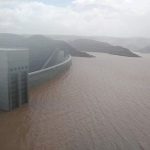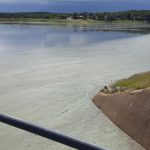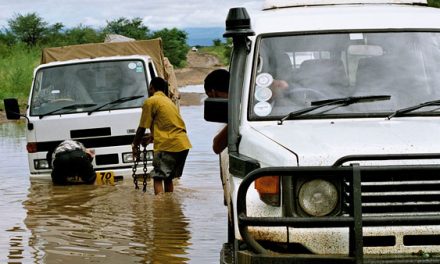
Windhoek-Rehoboth commuter train a necessity but not Windhoek-Hosea Kutako

By John Saunderson.
We understand that transport is essential on critical corridors. But over-investment on these corridors should be controlled. The government of the Republic of Namibia has come up with an aggressive public infrastructure investment plan for the period 2015/16 to 2019/20 to develop Namibia into a logistics hub. Amongst these are the developments of new road infrastructure and commuter train transport.
Feasibility studies conducted in 2015, on commuter train transport has found that only the Windhoek-Hosea Kutako International Airport project should be further considered for implimentation. The government has also started developing the dual carriageway between Windhoek and Hosea Kutako International Airport.
The Windhoek-Okahandja road is being upgraded to improve safety and capacity. Thus, it is acceptable that the speed train project is not feasible, as most of the commuter traffic will remain on that road as a result of the better service levels provided.
The biggest concern is the Windhoek-Hosea Kutako International Airport projects. I am convinced that here, the road traffic will also remain on the new dual carriageway as it will improve service levels on this route, and in addition it will improve traffic condition on the eastern and southern parts of the Windhoek road network.
In my opinion, I believe the rail passenger demand projections are grossly overestimated, and that one of these projects, when completed will become another white elephant, most probably the speed train.
I was working on the Windhoek-Rehoboth commuter train project, on the governance and management structures thereof and unfortunately not the demand analysis and economic analysis.
In this case, the consultant has underestimated the passenger demand projections severely, which rendered the project not feasible. The communities just south of Windhoek have been cheering the project, and I am truly dumbfounded by the low demand projections. I think those are two of the current projects which should be revised in the areas of demand and its subsequent economic analysis.
John A. Saunderson, Principal Consultant: Transport and Logistics (Economics and Finance), Amir Consulting Services CC-Windhoek










































